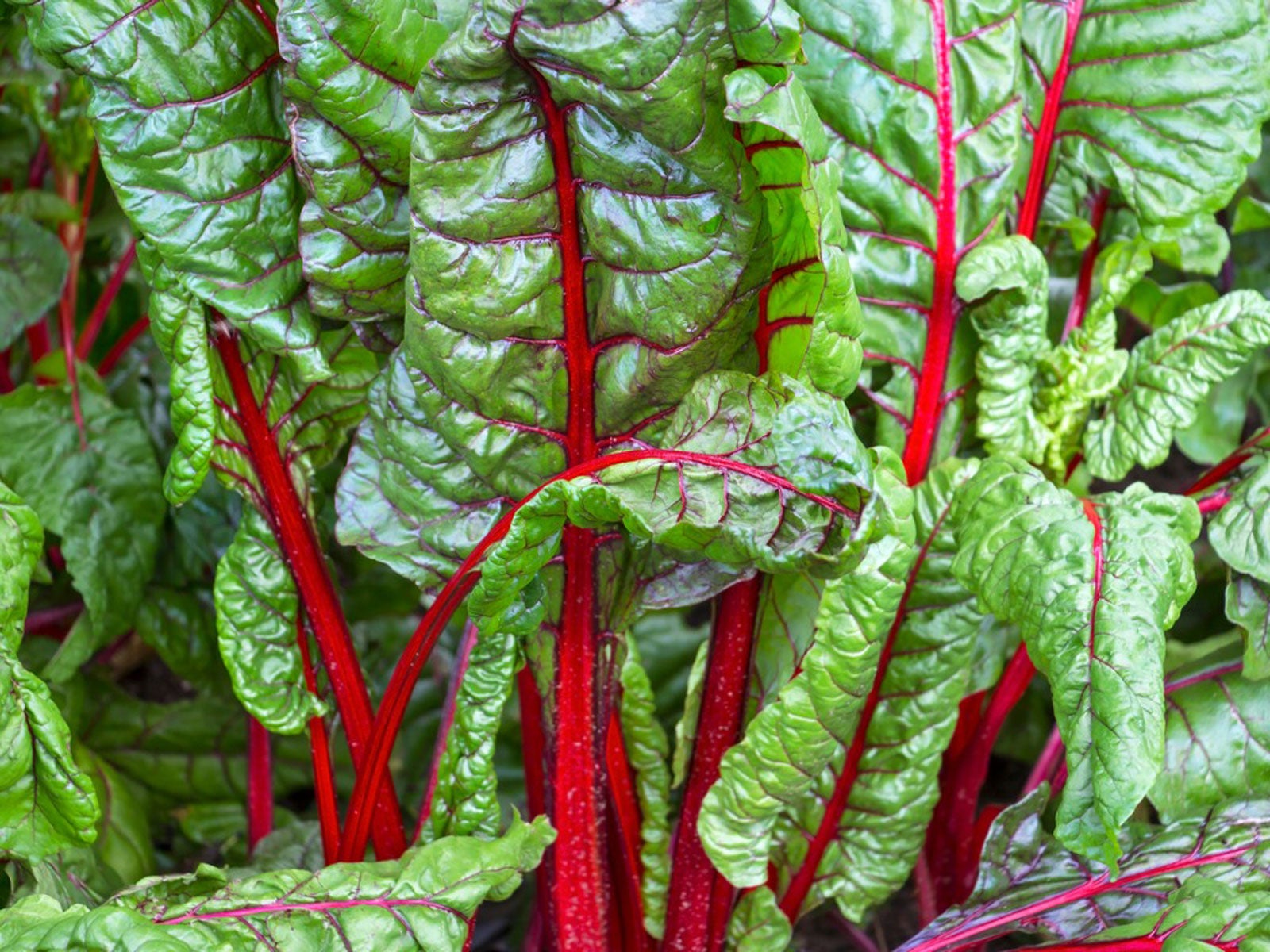Swiss Chard Care – How To Grow Swiss Chard In Your Garden


If you’re a person who values your leafy greens, you may want to grow a crop of colorful Swiss chard (Beta vulgaris subsp. cicla). For people on a vegan or keto eating plan, chard is the perfect companion to spinach and kale.
A bit crunchier than spinach, but more tender than kale, this gorgeous vegetable comes in a surprising array of colors. Technically speaking, chard is a beet, but doesn’t have a bulbous root. It’s referred to as a member of the “goosefoot” family due to the shape of its leaves.
What makes it Swiss? It was identified and named by a Swiss botanist. Full of Vitamins A and C, Swiss chard counts toward the dark leafy vegetable component of your diet. Whether it’s white, red or yellow, it’s full of nutrition. It’s easy to grow, so read on to learn all about Swiss chard care in your garden.
How Do I Plant Swiss Chard?
Learning how to grow Swiss chard in the garden is easy and the plant thrives when given suitable conditions. Chard likes an area with full sun to partial shade. Your soil should be loose enough to drain well.
Make a row in the soil and plant your seeds about a half inch or so deep, with eight to ten seeds per foot. Keep about 18 inches (20 cm.) of space between your rows. When the plants are a couple inches tall (5 cm.), thin them so that they’re four to six inches apart (10-15 cm.). Chard is generally easy to grow. It just needs enough room, water and a perhaps a bit of fertilizer.
As part of your spring garden, you’ll want to get Swiss chard seed into the ground in early to mid-spring, or at least when you’re sure there’s no more chance of frost. A good rule of thumb is to be sure the soil is at least 50 F. (10 C.), which is warm enough for the seeds to germinate. If you want to ensure a steady supply of chard, you can use succession planting, sowing new seeds every couple weeks, to lengthen the harvest time.
If you prefer growing Swiss chard through the winter, get your seeds into the ground at least a month prior to the first fall frost. As a winter vegetable, chard grows well with other root crops, like carrots, turnips, and parsnips. It also grows well with the aforementioned spinach and kale.
Sign up for the Gardening Know How newsletter today and receive a free copy of our e-book "How to Grow Delicious Tomatoes".
This lovely and highly nutritious vegetable is happiest when the temperatures of spring and fall are cool and moderate. It will still do well in summer weather, but the warmth will make it grow a little more slowly.
Swiss Chard Harvesting
You can go ahead and begin to harvest your greens when your chard plants are around 9-12 inches high (23-30 cm.). If you wait until they’re much taller than that, they’ll lose some of their flavor. Cut the outer leaves first to allow the tender inner leaves to grow.
Once you’ve completely harvested a chard plant, go ahead and pull it up and toss the root into your compost. It’s finished. This will give your remaining plants more space to grow. Swiss chard plants can grow up to two feet (60 cm.) in a season if they get enough water! Again, if you plant new seeds every couple of weeks, you can continue to harvest the plants throughout the season.
Swiss chard makes a great addition to soups, casseroles, stir-fry dishes and salads. The leaves are ready to eat raw or cooked. Chard’s stiffer ribs can be removed and cooked tender for any dish that need an extra boost of nutrition.

Caroline Bloomfield is Manager of Marketing Communications at Gardening Know How since 2019. A northwest native, she has resided and gardened in multiple zones in the U.S. and is currently at home in Bandon, Oregon. Writing and editing for various publications since 1998, her BA in American Studies from Southern Maine University includes an emphasis in English. She was raised in California by avid gardeners and continues to enjoy the natural world with an appreciation for the concepts of sustainability and organic care for the planet.